
Where We Be
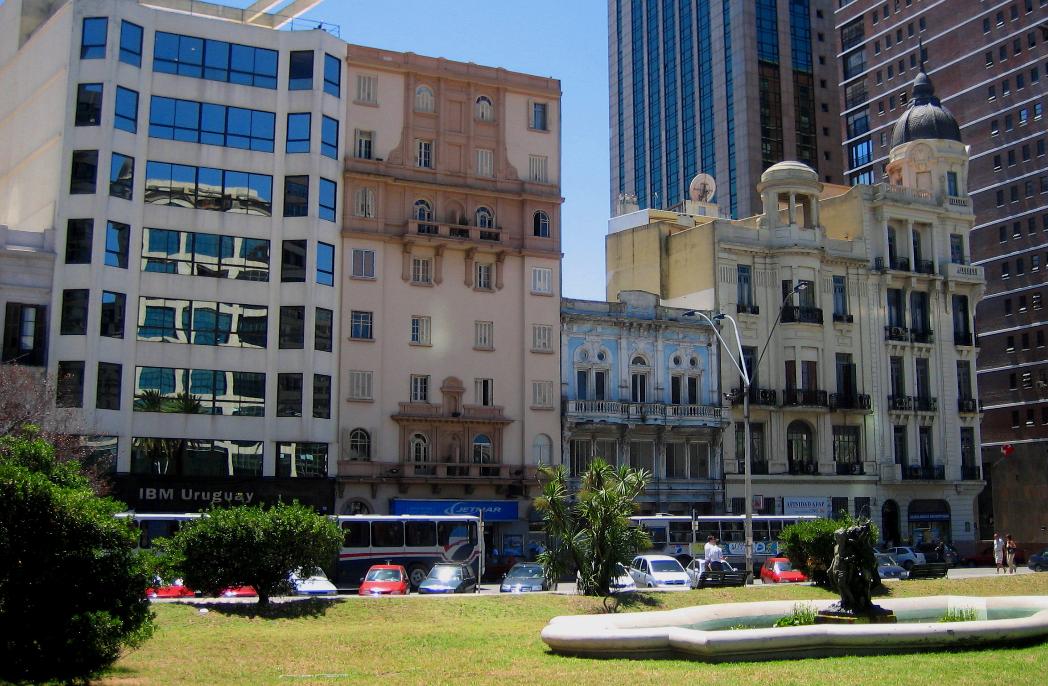
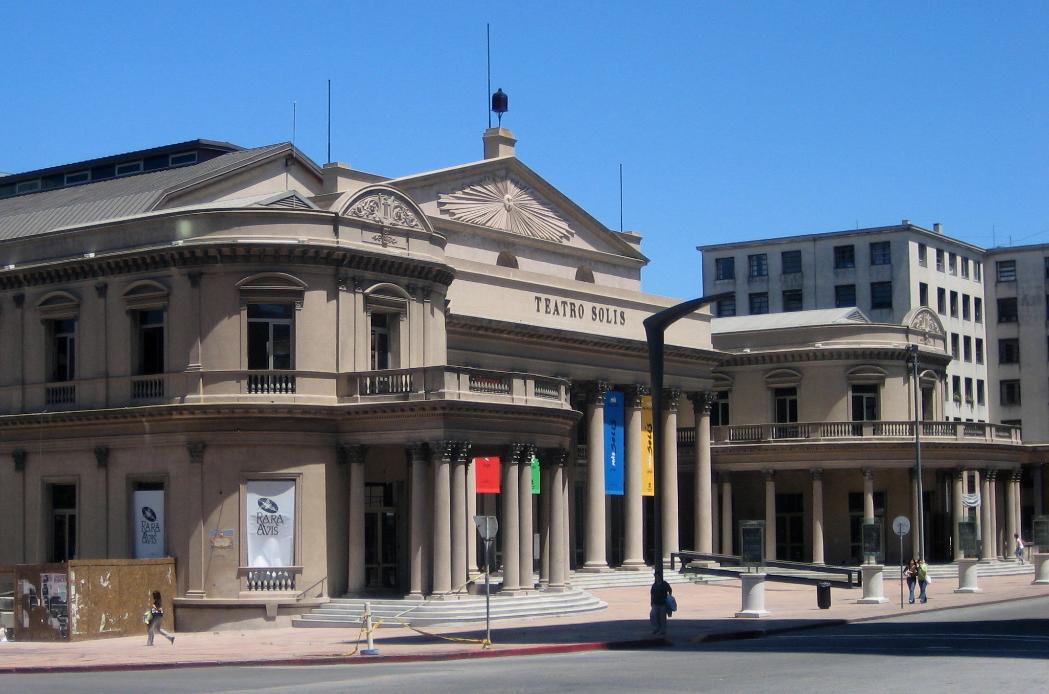
| Montevideo, Uruguay |
Montevideo sits on the banks of the Rio de la Plata
and is, somewhat surprisingly, the continent's
southernmost capital. (It's slightly south of B.A. and
Santiago.) The city is home to half of Uruguay's 3
million people. While there aren’t many must-see
sights, it has an inviting, lived-in feel that makes it
enjoyable to walk around and soak up the atmos-
phere. It has a mix of architecture influenced by
the Spanish, Portuguese, French, and British.
We walked from the ship to Montevideo's historic
district. Many restaurants had patios or “islands”
of tables and chairs set up in the middle of the
pedestrian avenue. Eventually we came to Plaza
Independencia and Plaza Constitucion, the two
central plazas in the city. By then we had decided
we liked the city: it felt livable and modern and just
small enough not to be intimidating.
Near Plaza Independencia, we particularly enjoyed
seeing Palacio Salvo with its “beehive hairdo” --
once the tallest building in all of South America. An
enormous statue of General Jose Gervasio
Artigas, father of Uruguay, stands in the center of
Plaza Independencia. One gate of the old citadel
that once surrounded the historic district still
stands on the plaza.
and is, somewhat surprisingly, the continent's
southernmost capital. (It's slightly south of B.A. and
Santiago.) The city is home to half of Uruguay's 3
million people. While there aren’t many must-see
sights, it has an inviting, lived-in feel that makes it
enjoyable to walk around and soak up the atmos-
phere. It has a mix of architecture influenced by
the Spanish, Portuguese, French, and British.
We walked from the ship to Montevideo's historic
district. Many restaurants had patios or “islands”
of tables and chairs set up in the middle of the
pedestrian avenue. Eventually we came to Plaza
Independencia and Plaza Constitucion, the two
central plazas in the city. By then we had decided
we liked the city: it felt livable and modern and just
small enough not to be intimidating.
Near Plaza Independencia, we particularly enjoyed
seeing Palacio Salvo with its “beehive hairdo” --
once the tallest building in all of South America. An
enormous statue of General Jose Gervasio
Artigas, father of Uruguay, stands in the center of
Plaza Independencia. One gate of the old citadel
that once surrounded the historic district still
stands on the plaza.
| La Rambla follows along the coast of Montevideo for nearly 14 miles |
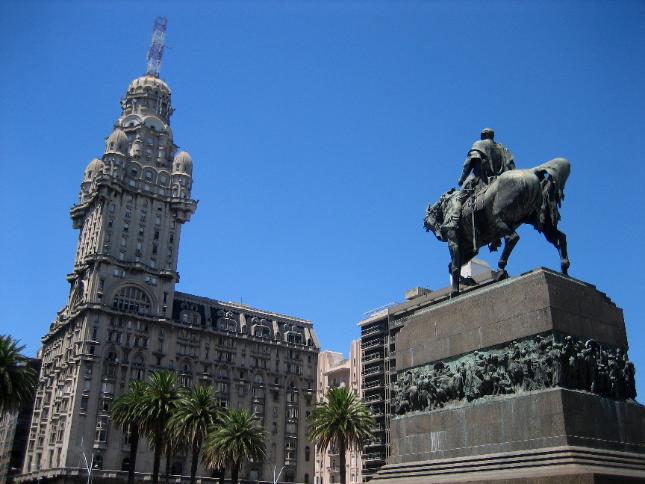
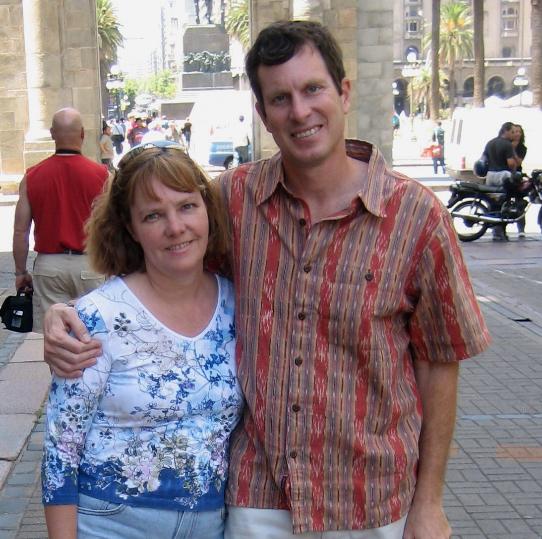
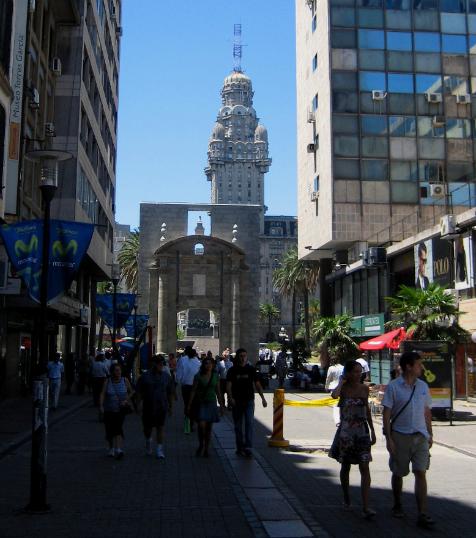
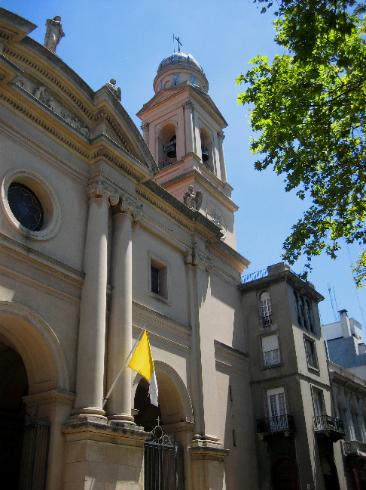
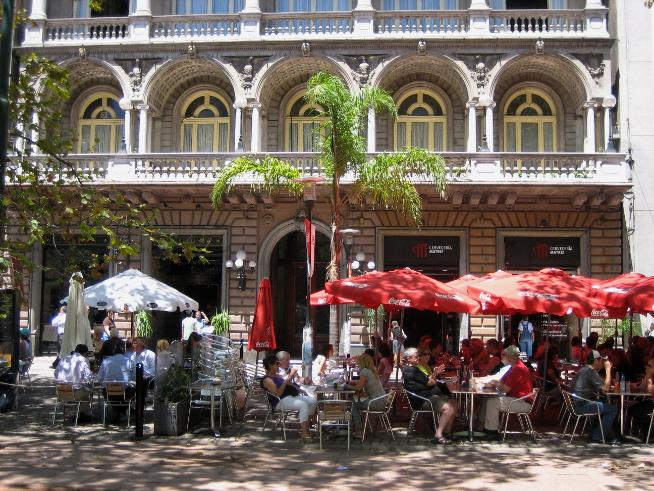
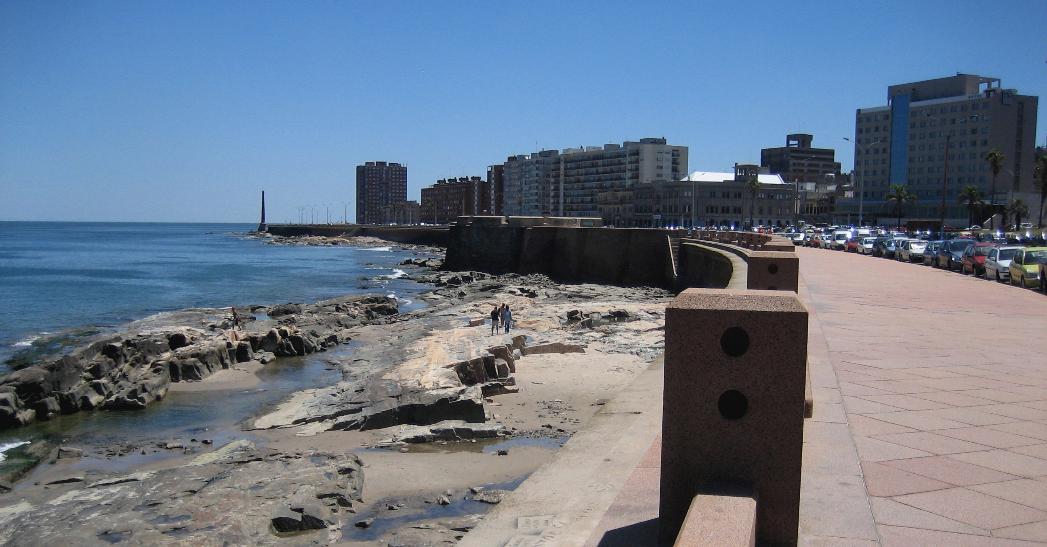
| Teatro Solis is one of the most elegant buildings in Montevideo |
| Enjoying the summerlike weather in Montevideo |
| The stone gateway in the distance is the one remnant of the colonial citadel |
| Everywhere we went we saw people dining al fresco on a lovely summer's afternoon |
| The neoclassical town hall on Plaza Constitucion |
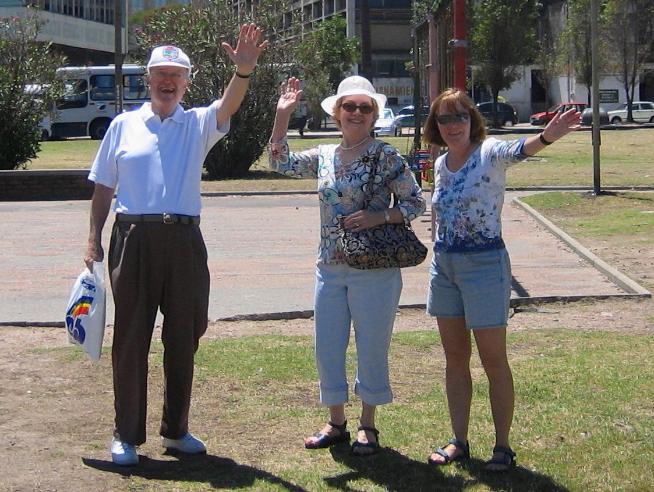
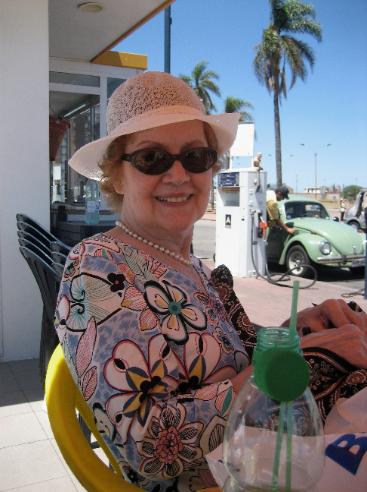
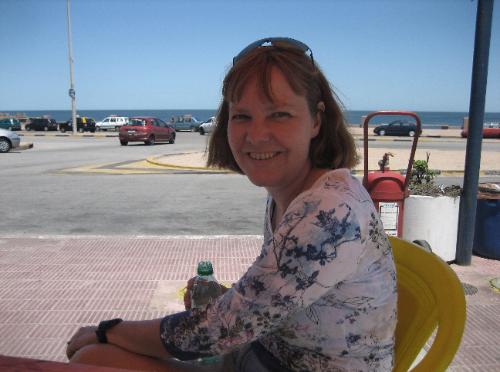
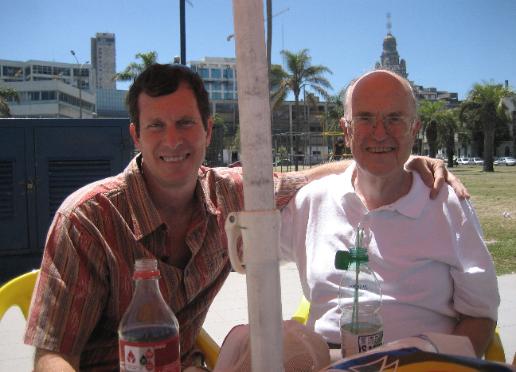
| We all had fun strolling together through the city |
| Mom sporting her new sun hat |
| Old buildings and new stand side by side in Montevideo's historic district |
| Behind Robin is La Rambla, a 13.7-mile coastal promenade |
| We took a much-deserved rest break at this gas station patio near La Rambla |
| The building with the "beehive hairdo" is Palacio Salvo (1927), once South America's tallest building |